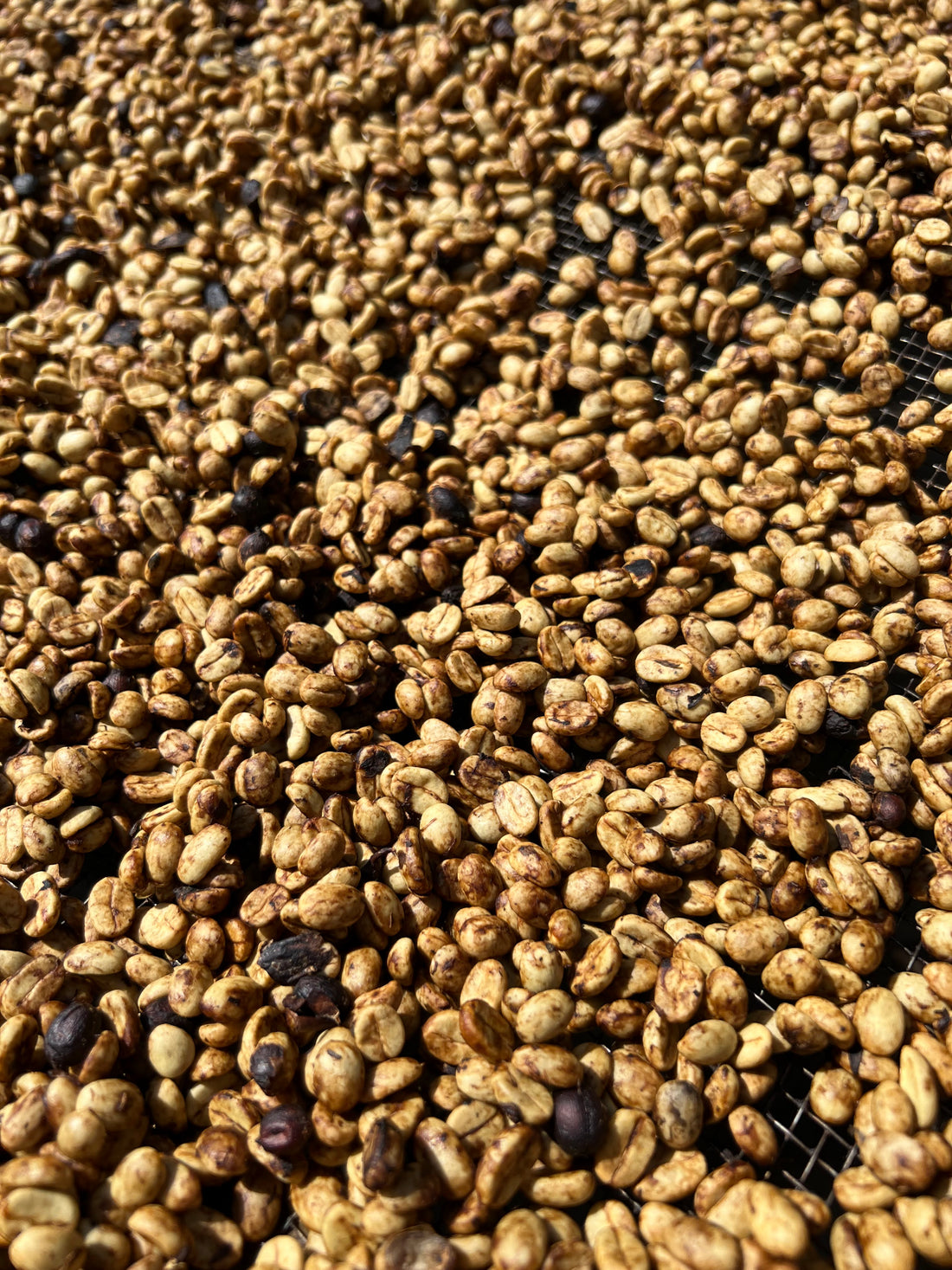The Art of the Honey Process in Specialty Coffee: Beyond the Natural
In the world of specialty coffee, the diversity of flavors and aromatic profiles arises from processing methods, and the "honey" process stands out as a pillar to achieve this sensory diversity.
What is the Honey process in Coffee?
The "honey" process is a coffee processing technique that refers to drying the coffee bean with part of its pulp, allowing it to dry with different levels of mucilage or honey, resulting in unique and attractive flavor profiles. . The names "black honey", "red honey" and "yellow honey" refer to the amount of pulp left in the grain before it is dried.
Variations in the Process
-
Black Honey: This process involves drying the grain with a greater amount of mucilage, resulting in sweeter grains and more intense flavors. It is common in countries like Costa Rica and Nicaragua, where the process involves longer drying under the sun.
-
Red Honey: With less mucilage than black honey, this method allows the grain to dry with an intermediate amount of pulp. Its flavors tend to be more balanced and less sweet than black honey. Countries like Costa Rica and Honduras stand out in coffee production with this method.
-
Yellow Honey: This process involves faster drying, leaving less mucilage on the grain. The flavors are milder and less intense compared to the other honey variants. Countries like El Salvador and Guatemala are known for their coffee production with this method.
The "Natural" Process
In the Spanish-speaking world, these methods are known as "natural" processes, due to the retention of pulp during drying, which contrasts with traditional washed methods.
Exploring the Diversity of Flavors in Coffee
Specialty coffee is a world of unique flavors and aromas, and honey processes are a testament to how processing technique can influence the complexity of the coffee. Exploring these processes will lead you to discover a range of flavors, from sweet and fruity to more balanced and soft notes.

